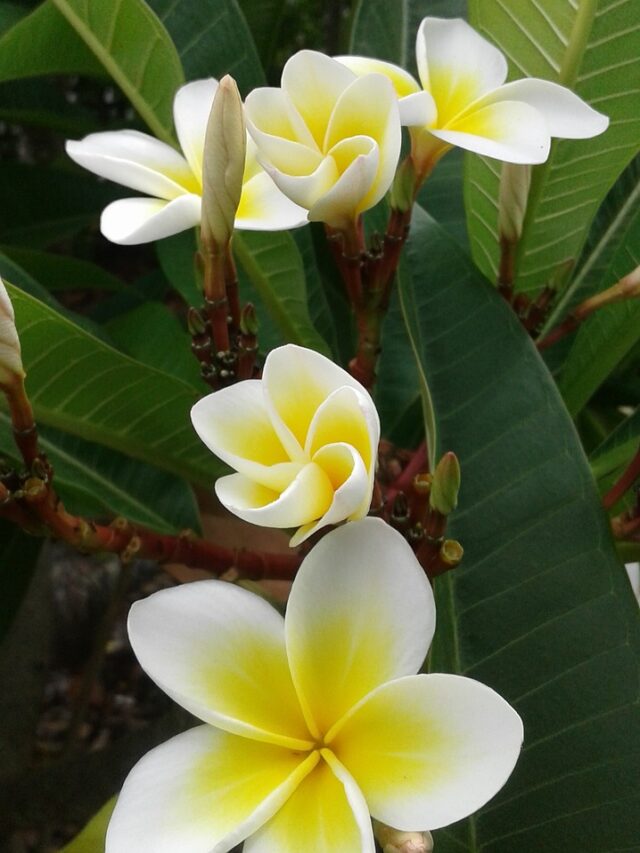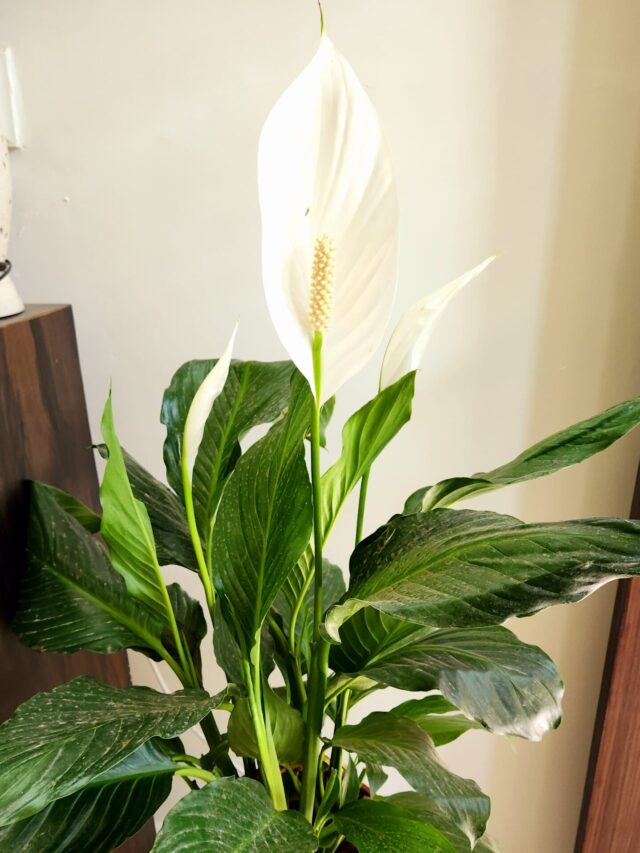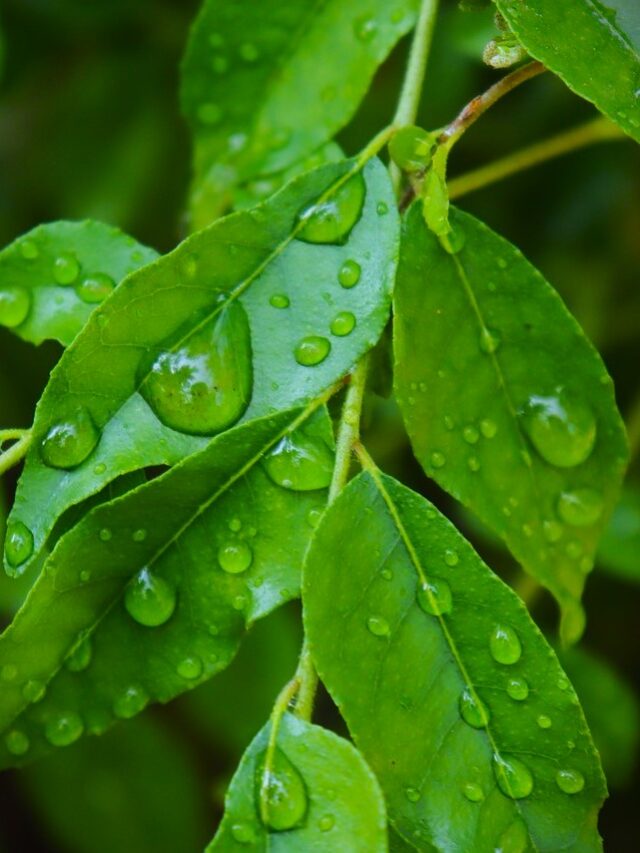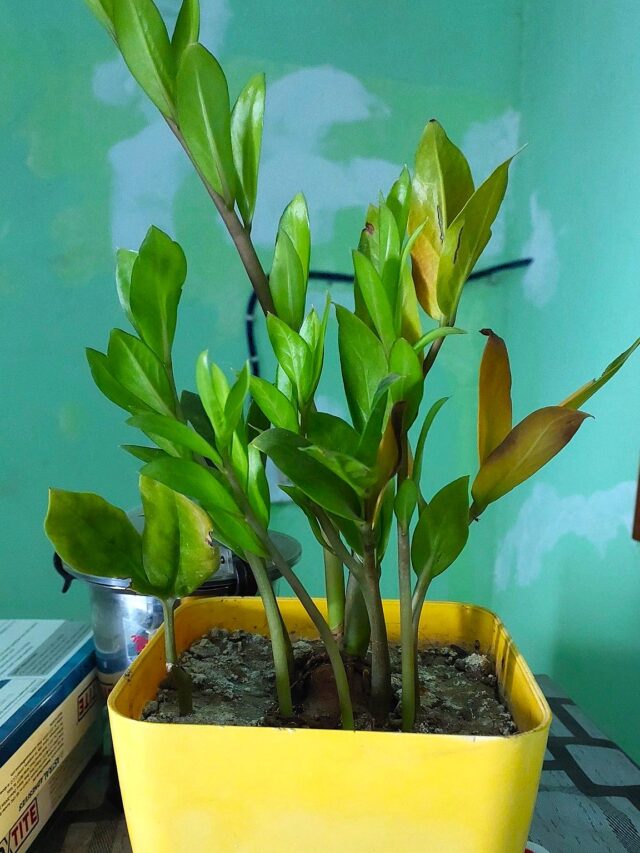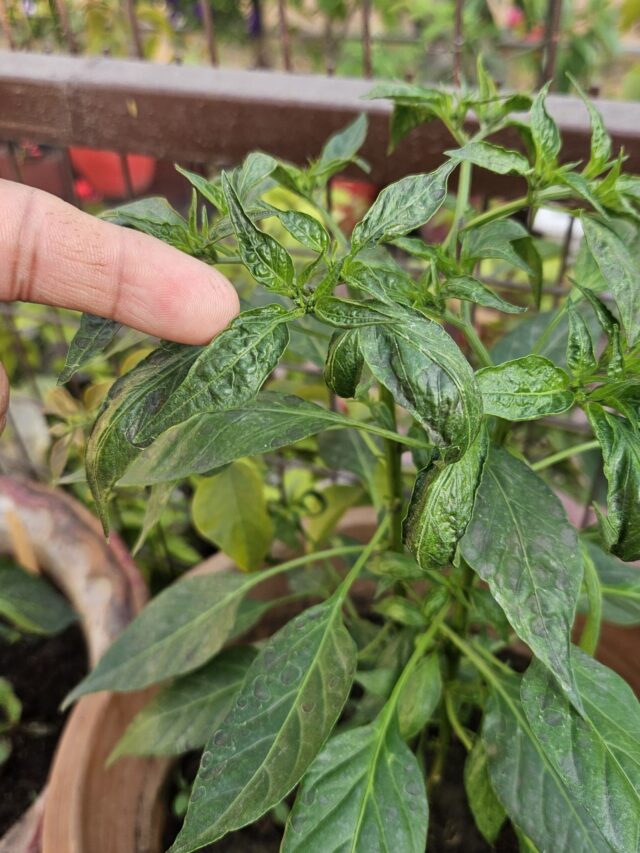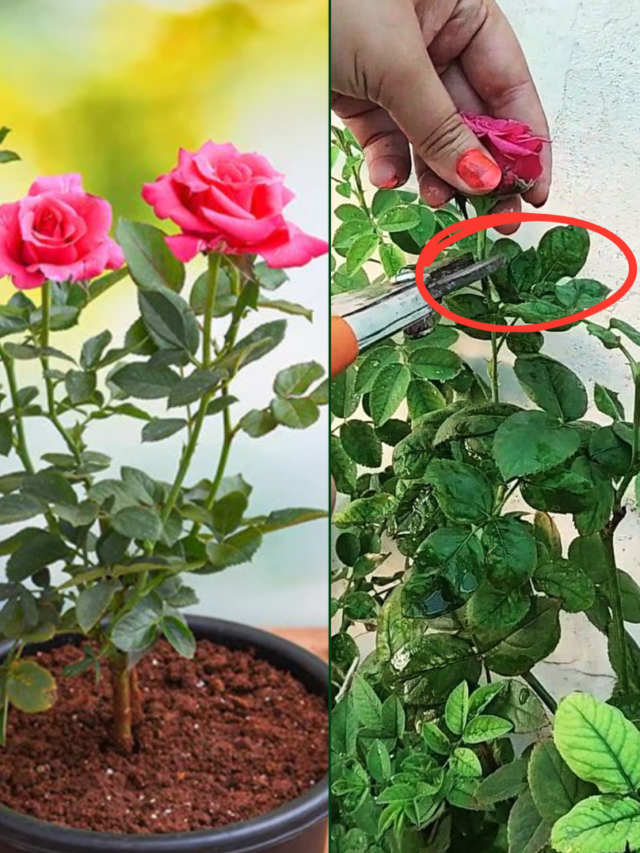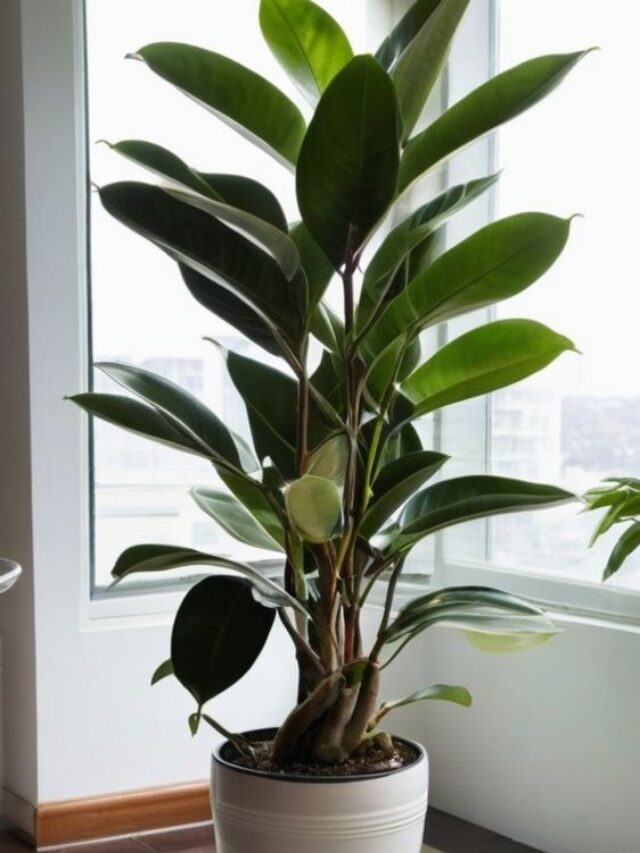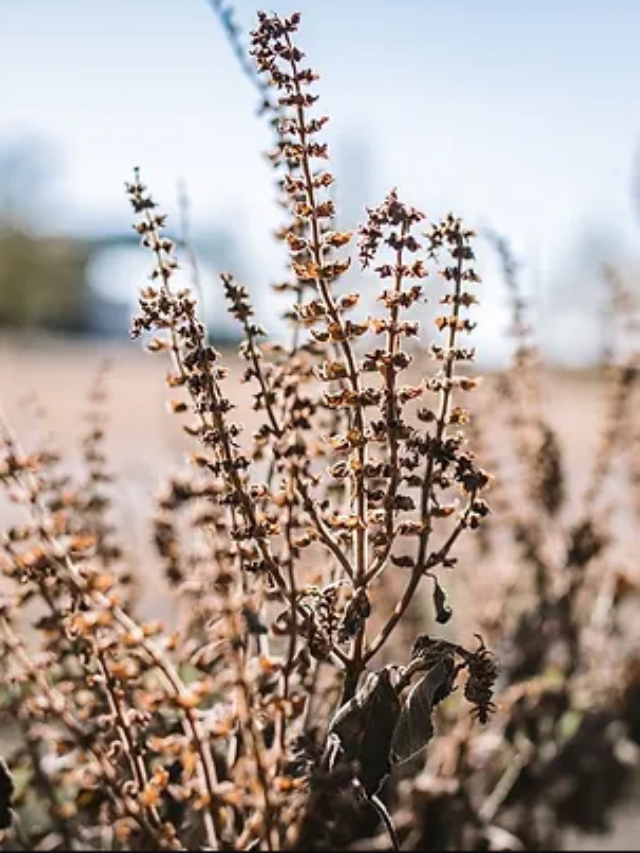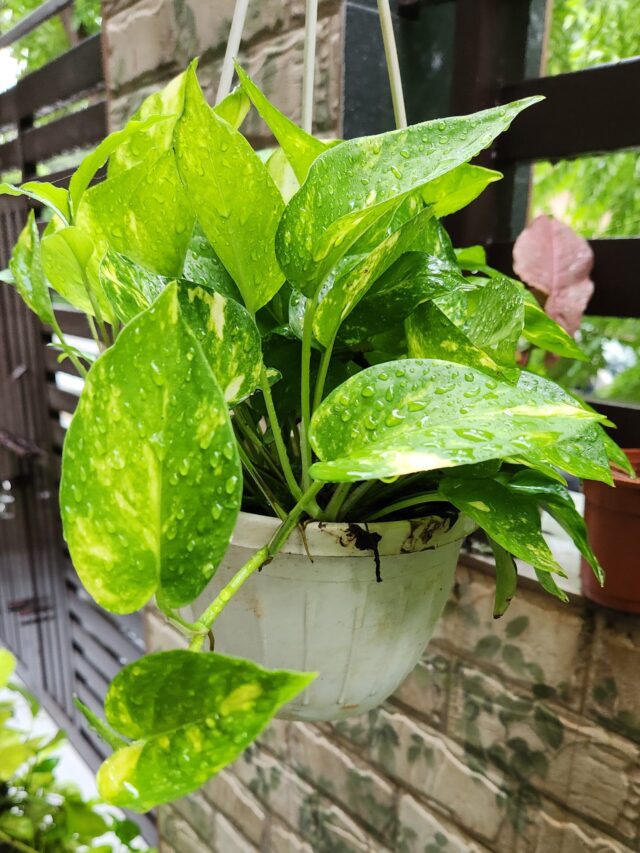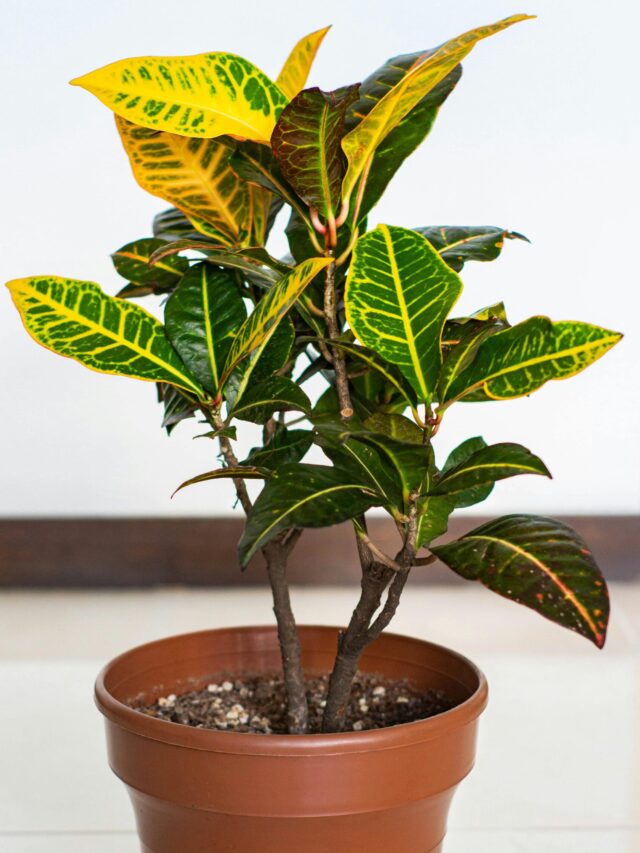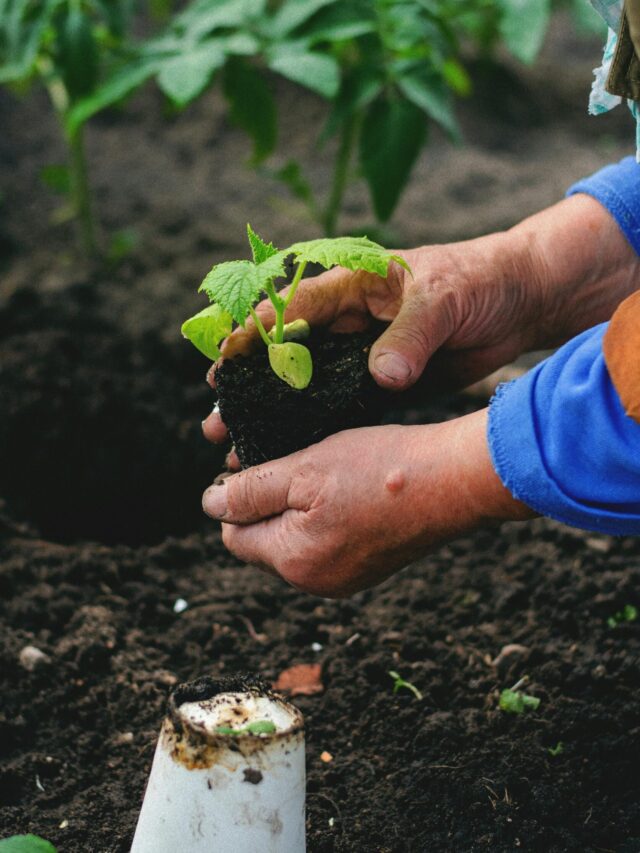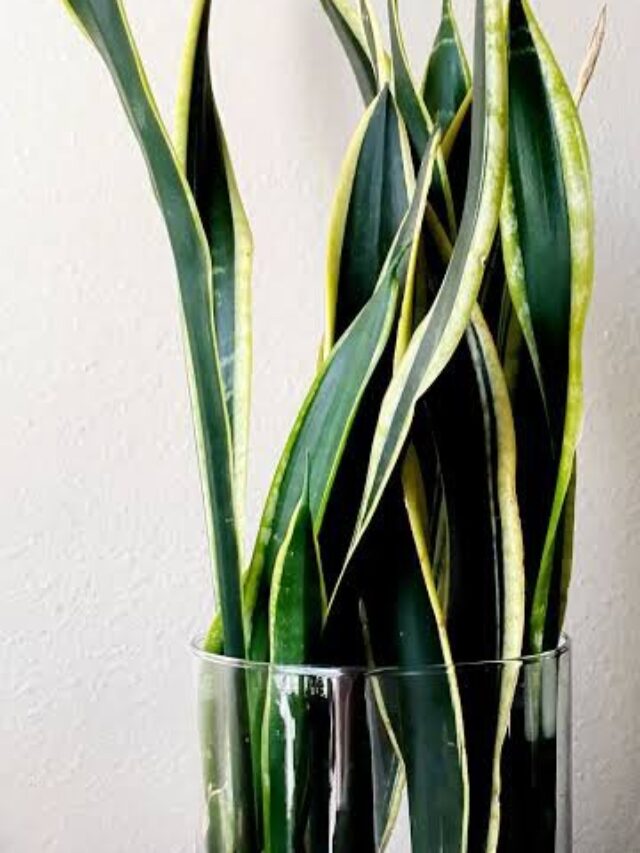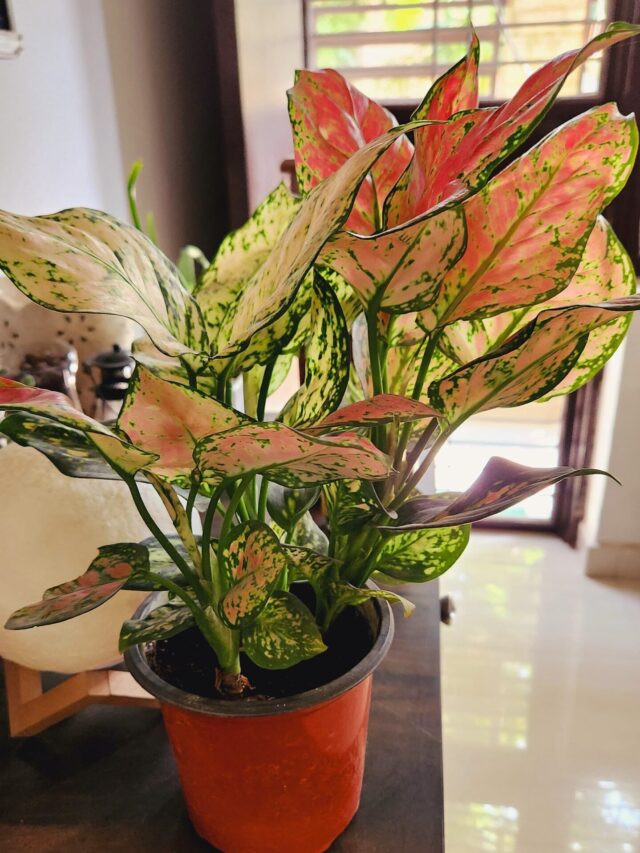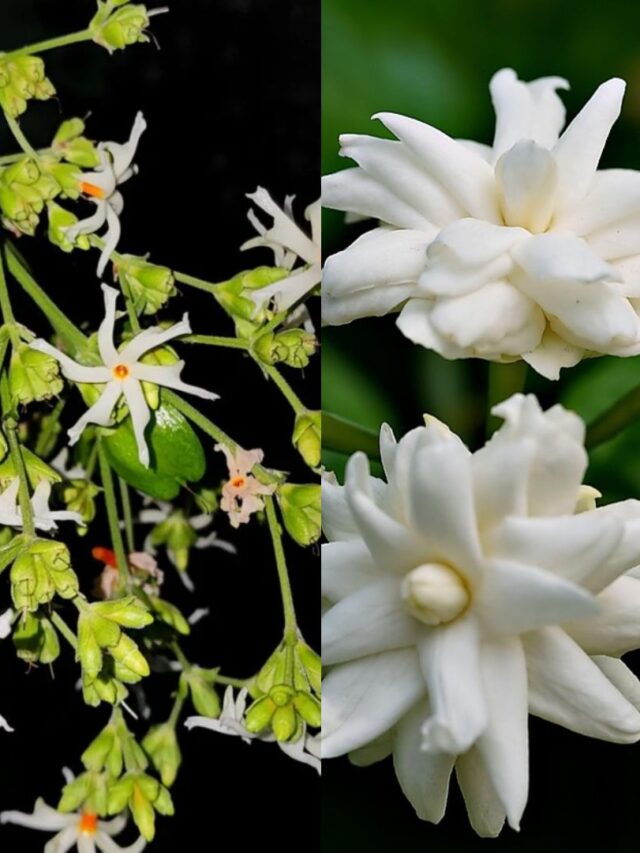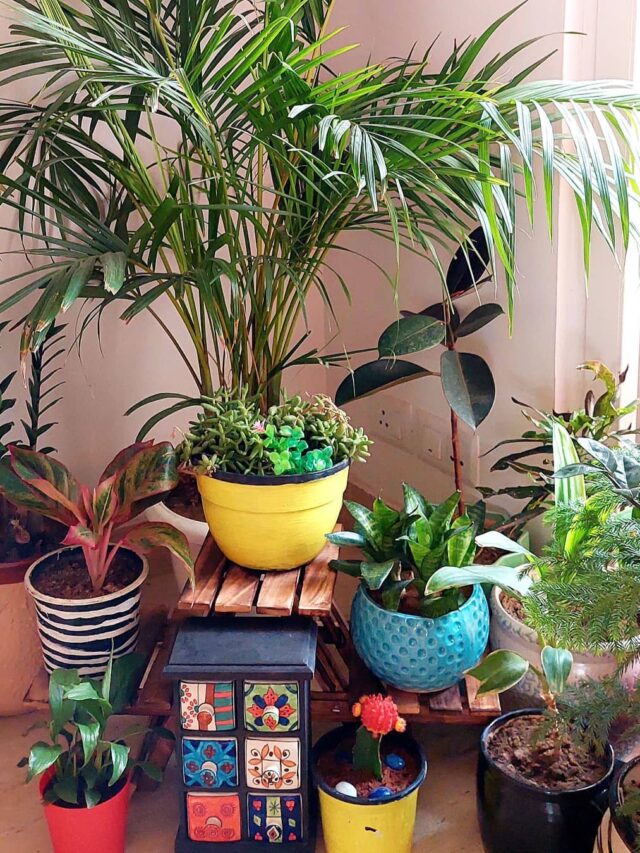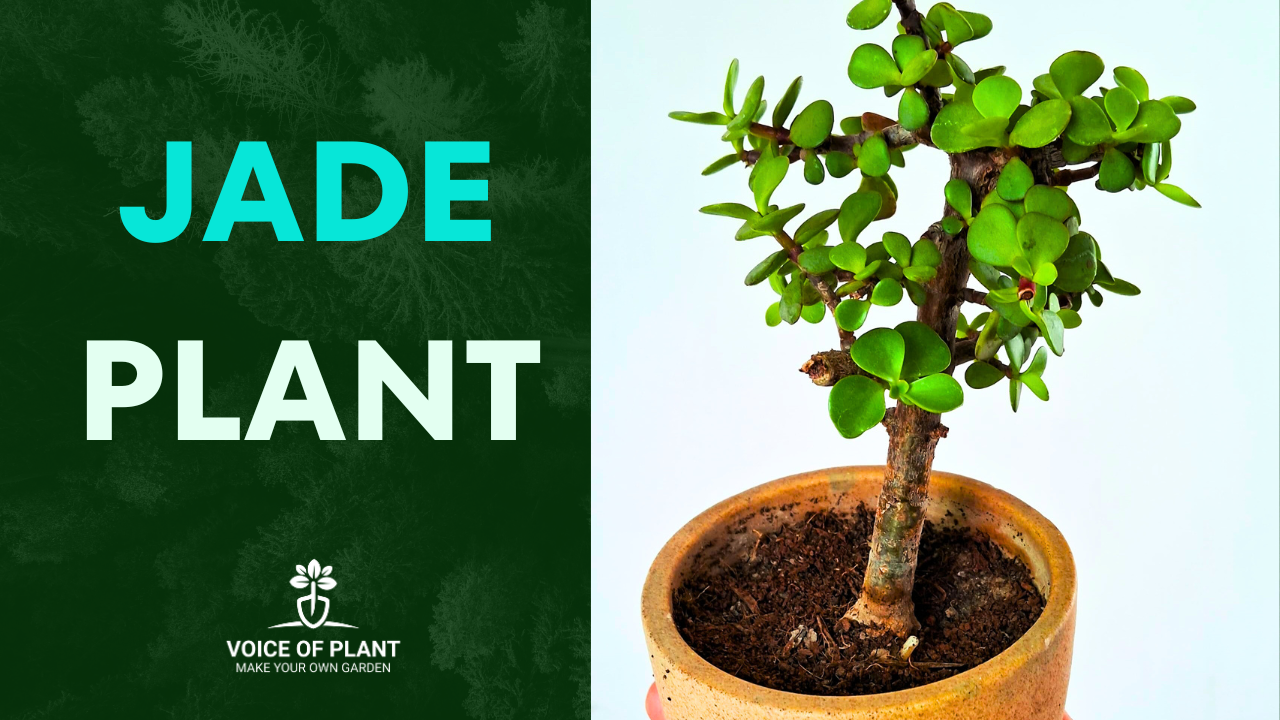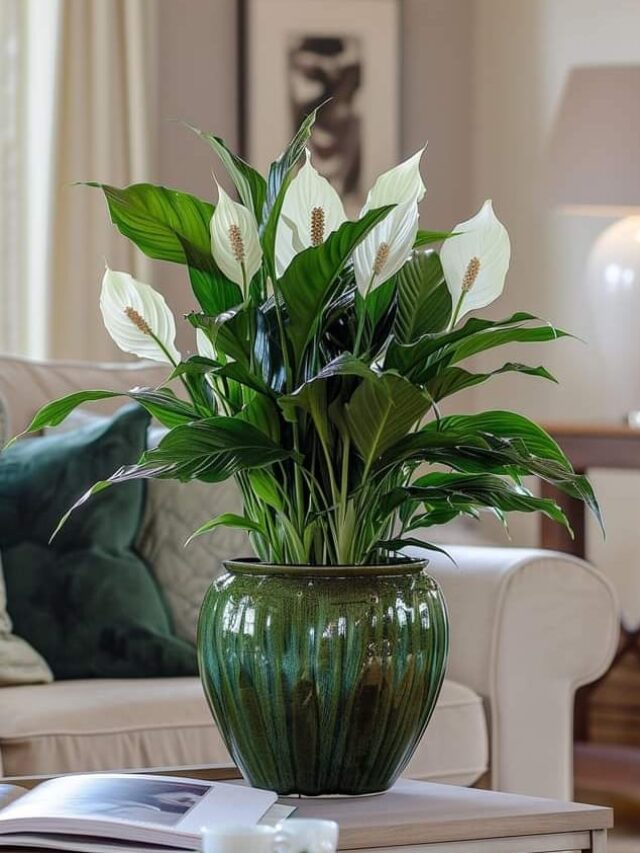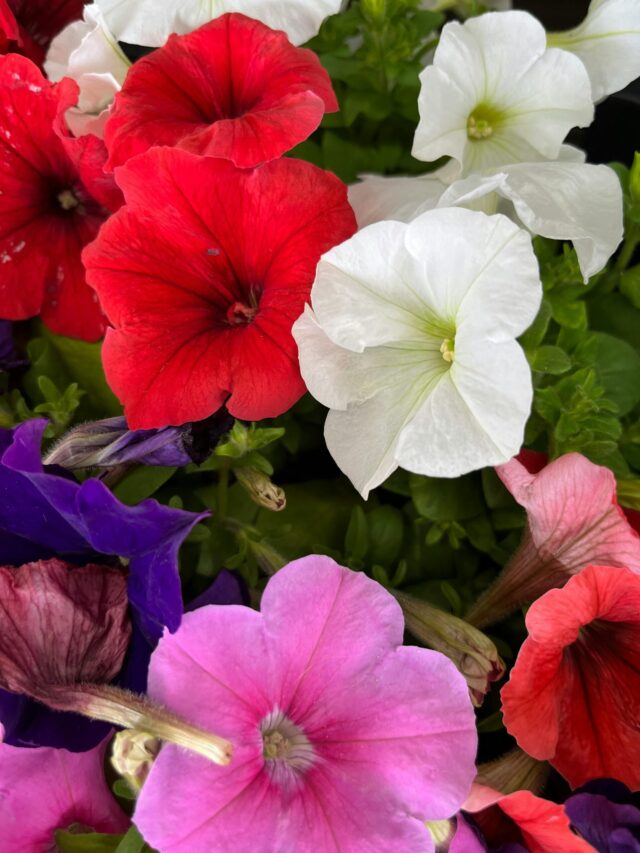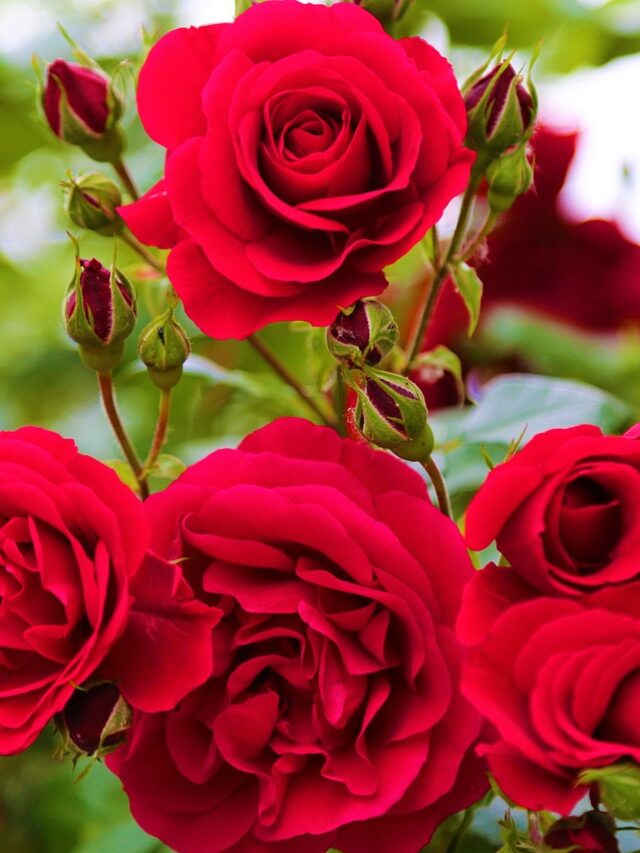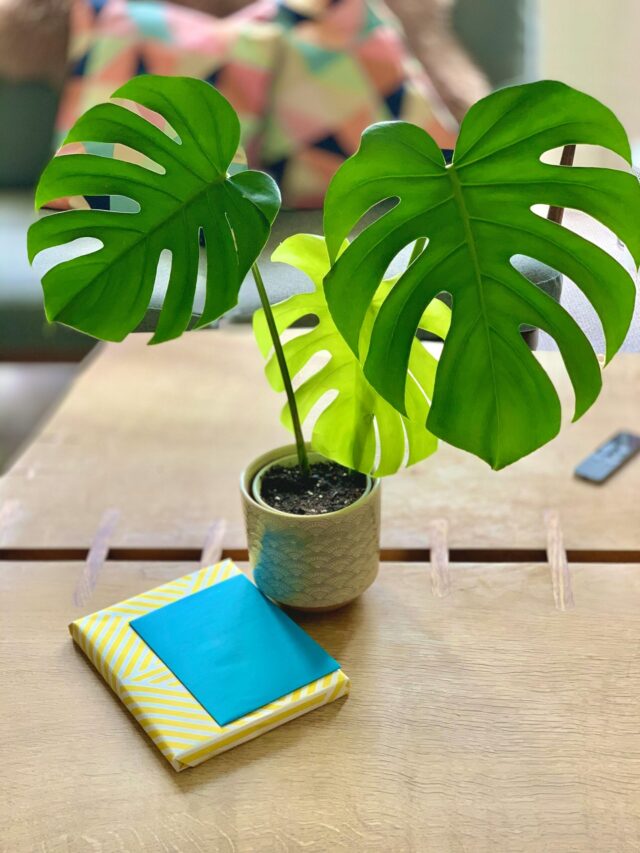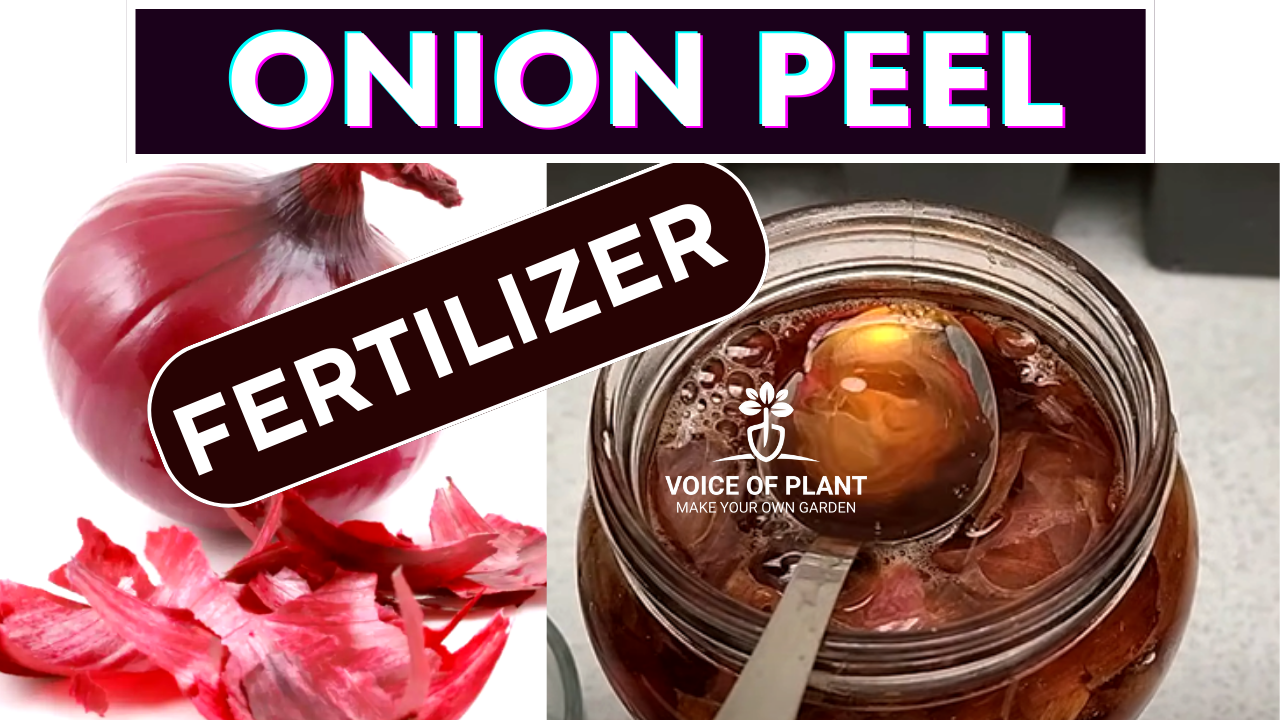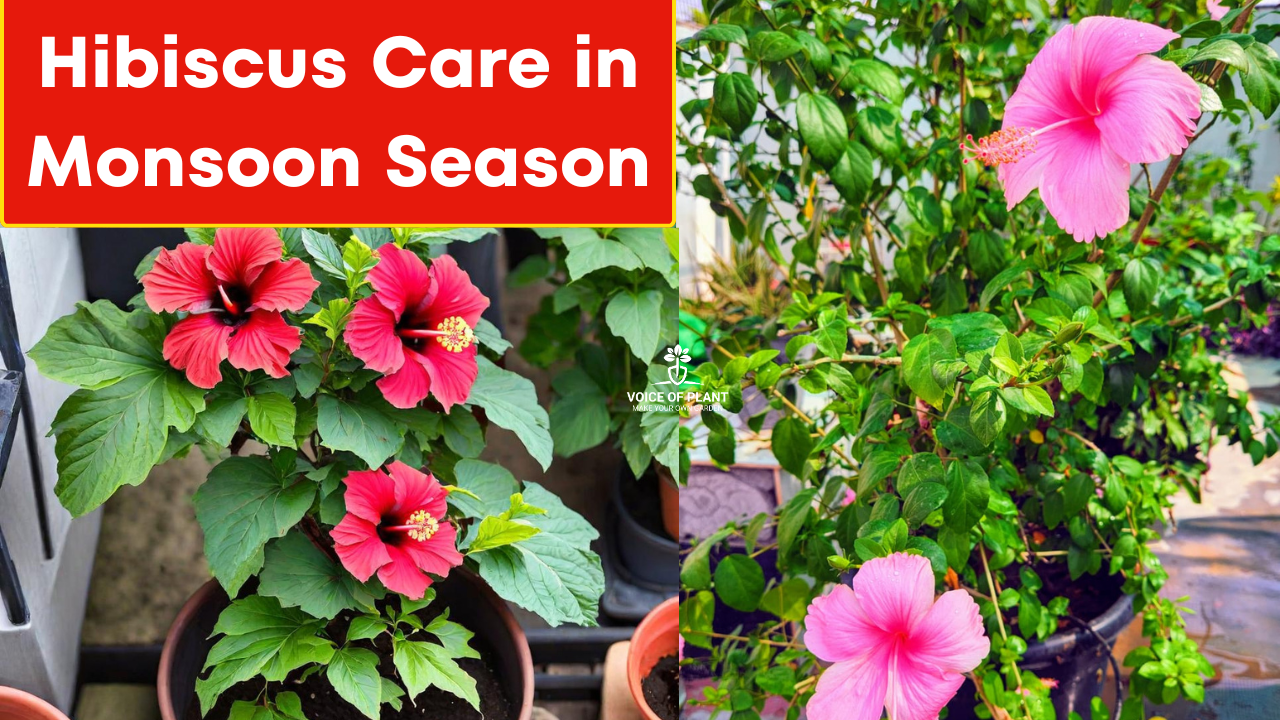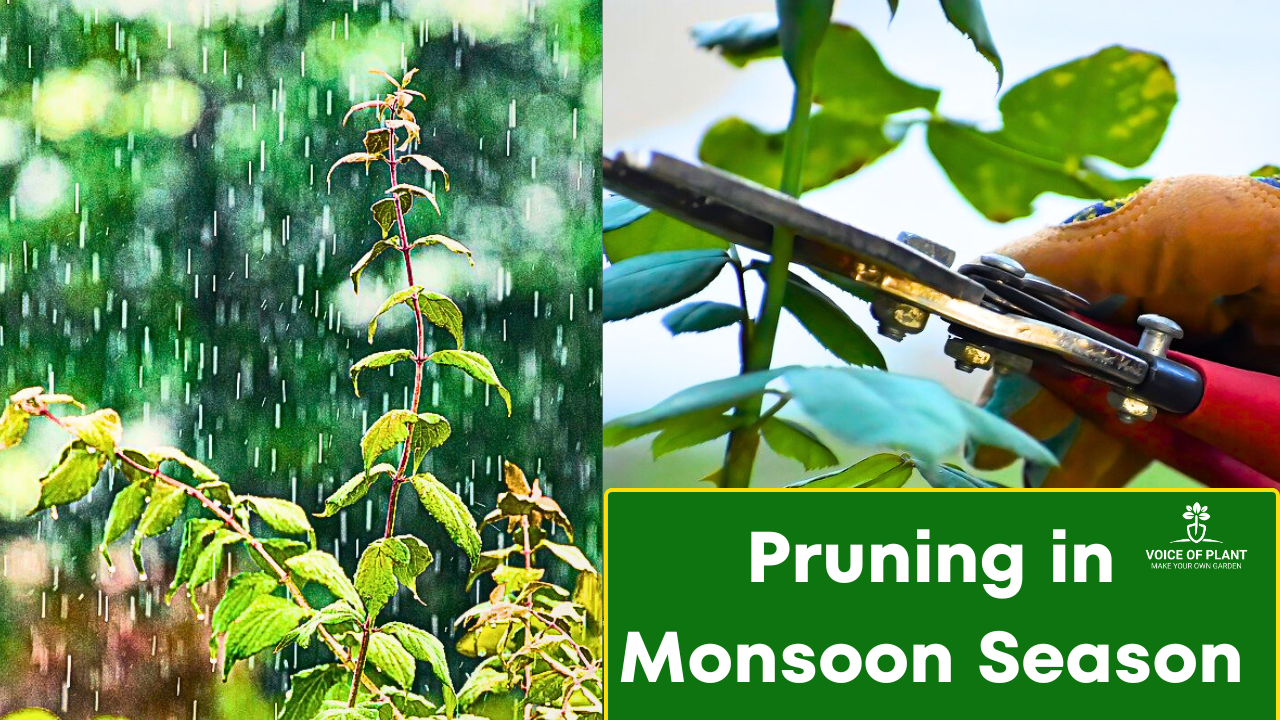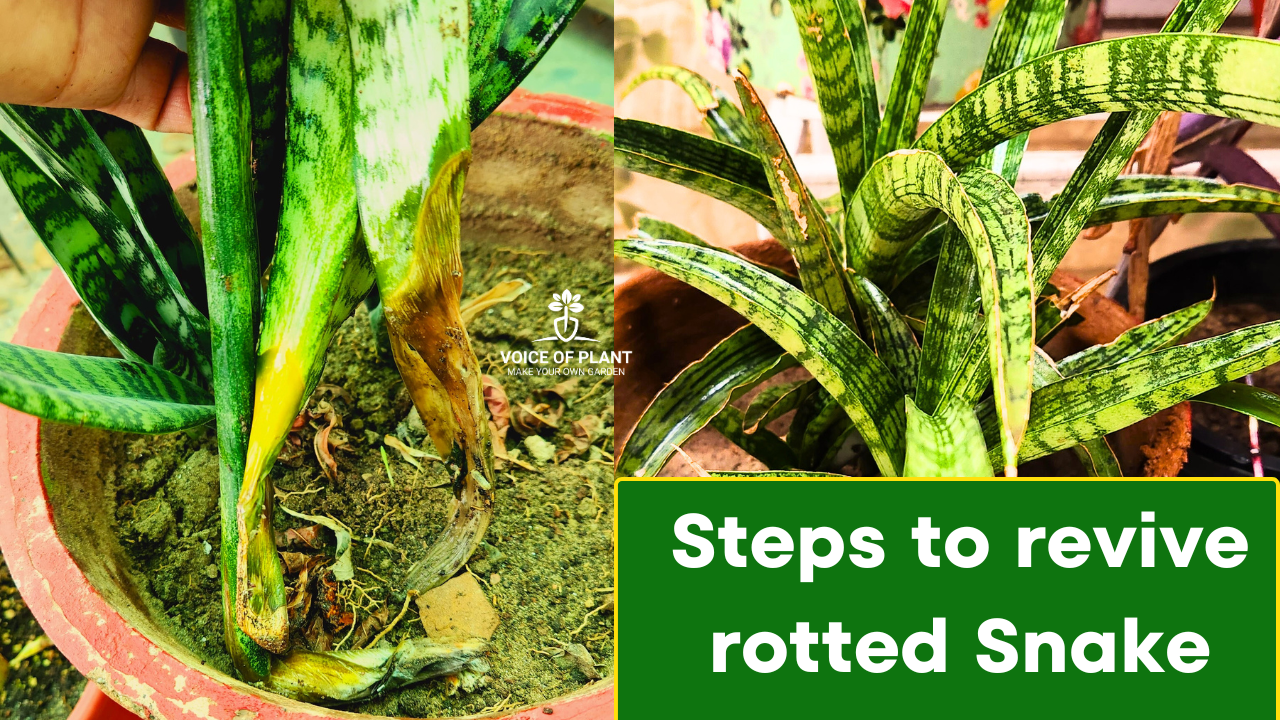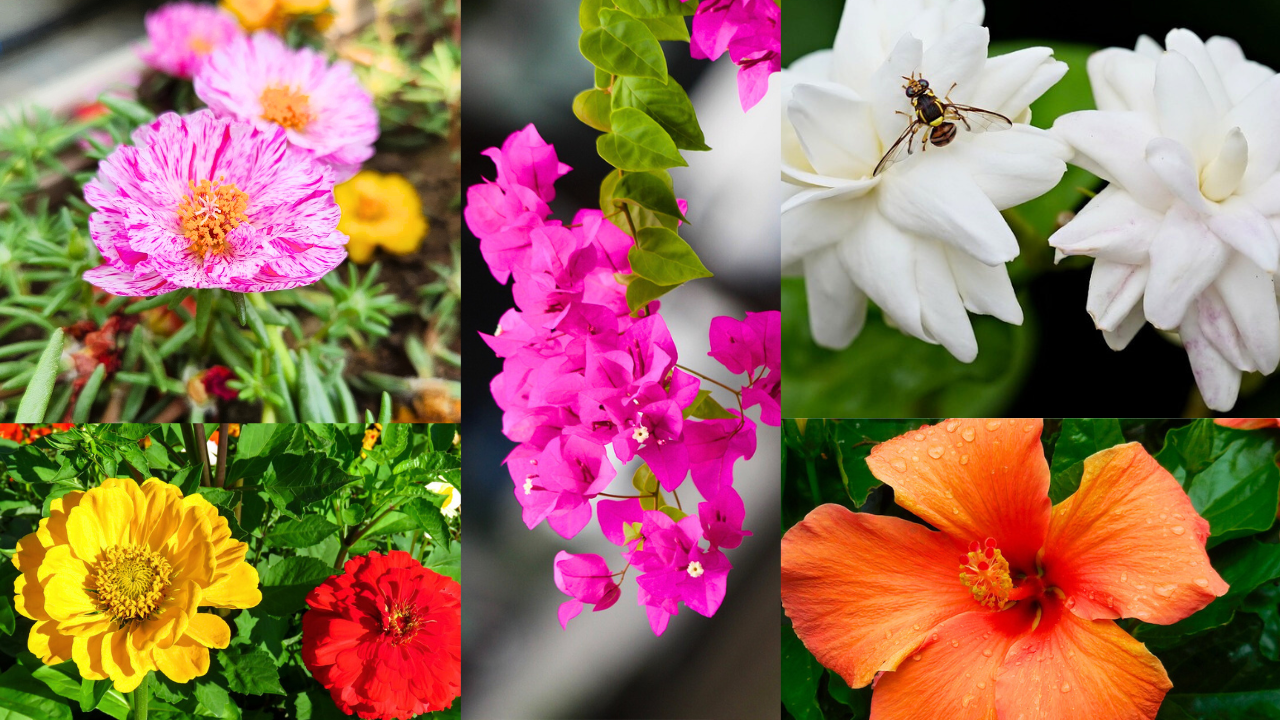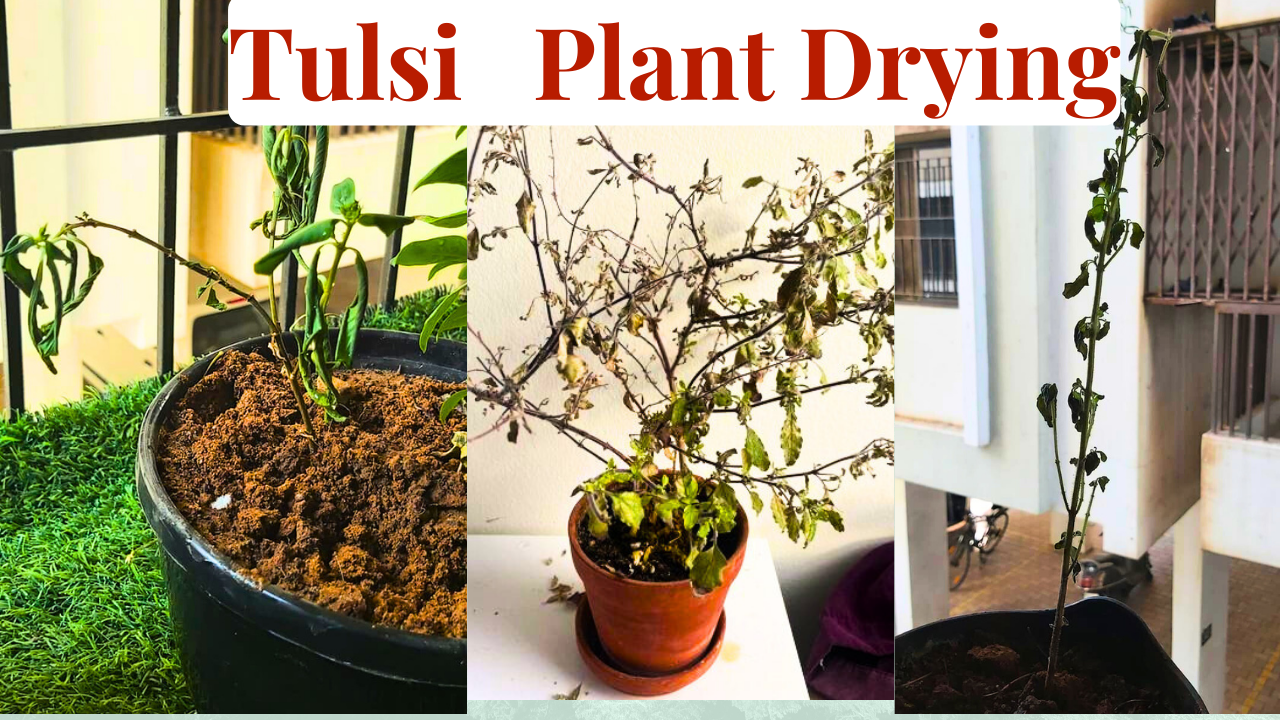जेड प्लांट एक सरल और कम रखरखाव वाला पौधा है। यह न केवल आपके घर में हरियाली लाता है, बल्कि इसे रखना भी बहुत आसान है।
अगर आप बागवानी में नए हैं या बहुत व्यस्त रहते हैं, तो जेड प्लांट आपके लिए एक बेहतरीन विकल्प है। इसके अलावा, यह सकारात्मक ऊर्जा और सौभाग्य लाने के लिए भी माना जाता है। यहाँ 12 कारण दिए जा रहे हैं कि आपको अपने घर में जेड प्लांट क्यों रखना चाहिए:

12 कारण क्यों आपको घर में जेड प्लांट रखना चाहिए
1. सौभाग्य और सकारात्मक ऊर्जा लाता है:
लोककथाओं और फेंग शुई सिद्धांतों के अनुसार, ऐसा माना जाता है कि जेड प्लांट अपने मालिकों के लिए समृद्धि और सौभाग्य को आकर्षित करता है।
- अपने घर में इसे रखकर, आप अपने रहने के स्थान में सकारात्मकता और प्रचुरता का वातावरण लाते हैं।
2. कम रखरखाव, टिकाऊ पौधा:

व्यस्त दिनचर्या के कारण अक्सर पौधों की देखभाल के लिए बहुत कम समय बचता है। सौभाग्य से, जेड प्लांट उपेक्षा से पनपता है, और इसे कम से कम ध्यान और रखरखाव की आवश्यकता होती है।
- इसकी मजबूत प्रकृति के कारण, शुरुआत करने वाले बागवान भी आसानी से एक समृद्ध इनडोर गार्डन की सुंदरता का आनंद ले सकते हैं।
3. वाटर-वाइज वंडर:
इस पौधे को बार-बार पानी देने की जरूरत नहीं होती। यह अपनी पत्तियों में पानी जमा कर लेता है, जिससे यह सूखे को भी सहन कर लेता है।

4. आकार और शैली में बहुमुखी:
जेड प्लांट किसी भी स्थान में फिट हो सकता है, चाहे वह छोटा गमला हो या बड़ा।
- यह किसी भी आंतरिक सजावट योजना में आसानी से समायोजित हो जाता है।
5. बारहमासी पौधा:
जेड प्लांट सालभर हरा-भरा रहता है, जिससे आपका घर हमेशा ताजगी से भरा रहता है। इसका कालातीत आकर्षण आपके घर की सजावट का स्थायी हिस्सा बन जाता है।
6. विभिन्न जलवायु में पनपता है:
चिलचिलाती गर्मियों से लेकर सर्द सर्दियों तक, जेड पौधा लचीला होता है और विभिन्न जलवायु में पनपने में सक्षम होता है।
- अत्यधिक तापमान को सहने की उनकी क्षमता उन्हें दुनिया भर के घरों के लिए आदर्श साथी बनाती है।
7. कीट-मुक्त मन की शांति:
इस पौधे में प्राकृतिक सुरक्षा गुण होते हैं, जो इसे कीटों से बचाते हैं। इससे आपको कीटों की चिंता किए बिना इसकी हरियाली का आनंद लेने का अवसर मिलता है।
8.किसी भी प्रकार की मिट्टी के लिए अनुकूल:
जेड प्लांट किसी भी प्रकार की मिट्टी में पनप सकता है, चाहे वह रेतीली हो, दोमट हो या चिकनी मिट्टी हो। यह इसकी अनुकूलता का प्रमाण है।
9. उगाने का लचीला माध्यम:
आप जेड प्लांट को पारंपरिक मिट्टी के अलावा पानी, लेक्का बॉल्स या कोको पीट जैसे अन्य माध्यमों में भी उगा सकते हैं।
10. सरल प्रसार:
जेड प्लांट को कटिंग से उगाना बहुत आसान है। इससे आप अपने दोस्तों और परिवार के साथ इसे बाँट सकते हैं या घर में नई व्यवस्था बना सकते हैं।
11. बोनसाई सौंदर्य:

आप जेड प्लांट से सुंदर बोन्साई बना सकते हैं। इसके लचीले तने और जीवंत पत्तियाँ इसे बोन्साई के लिए आदर्श बनाते हैं।
12. लटकते हुए गमलों के साथ उन्नत सजावट:

हैंगिंग पॉट्स में जेड प्लांट लगाकर साधारण जगहों को असाधारण शोकेस में बदल दें।
- छत से लटकाए जाने या अलमारियों पर प्रदर्शित किए जाने पर, ये झरने जैसी सुंदरियाँ किसी भी कमरे में ऊर्ध्वाधर आयाम और दृश्य रुचि जोड़ती हैं।
अंत में, जेड प्लांट प्राकृतिक सुंदरता और शांति का प्रतीक है, जो हमारे घरों और जीवन दोनों को समृद्ध करने वाले कई लाभ प्रदान करता है।
Read this article in English
12 Reasons to Have Jade Plant at Home
धन्यवाद!
शुभ बागवानी!!
Follow our Social media channel:


